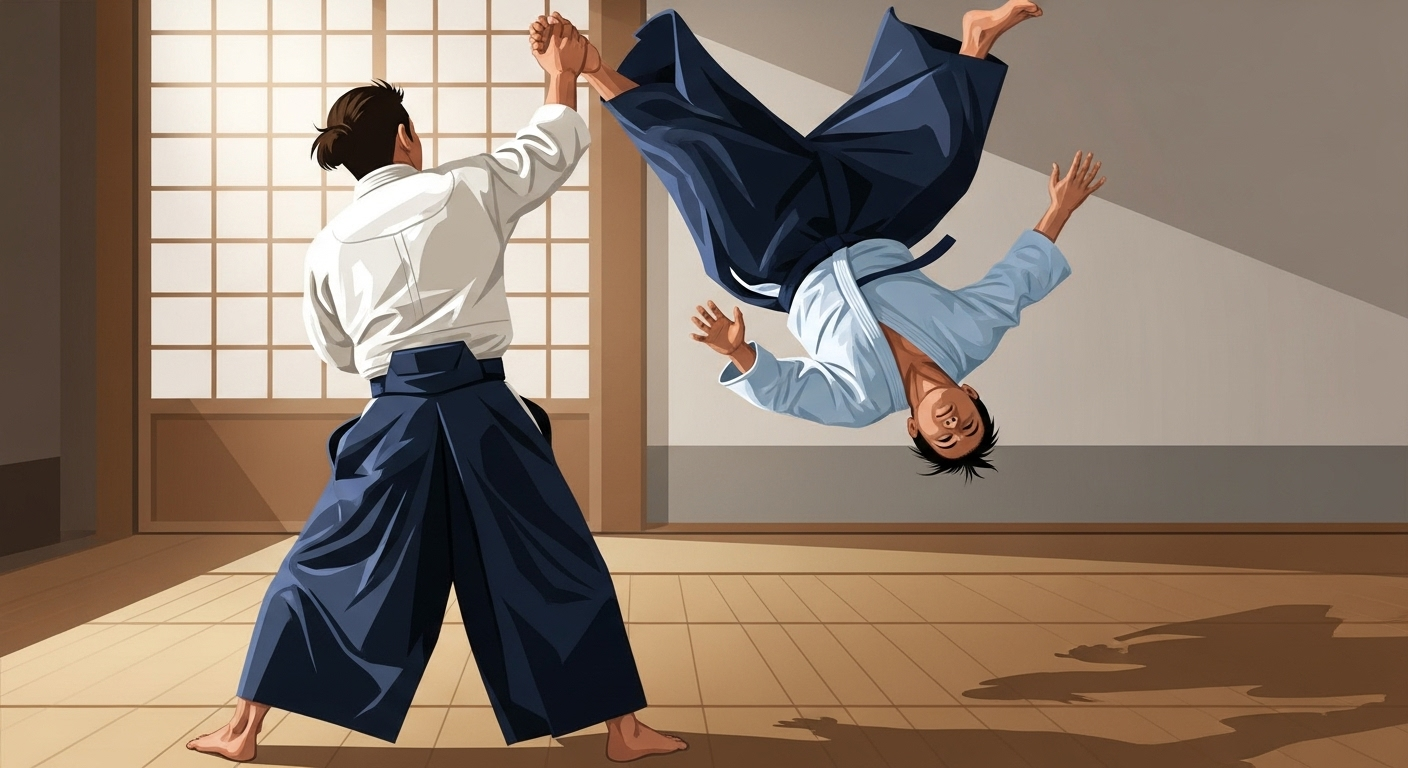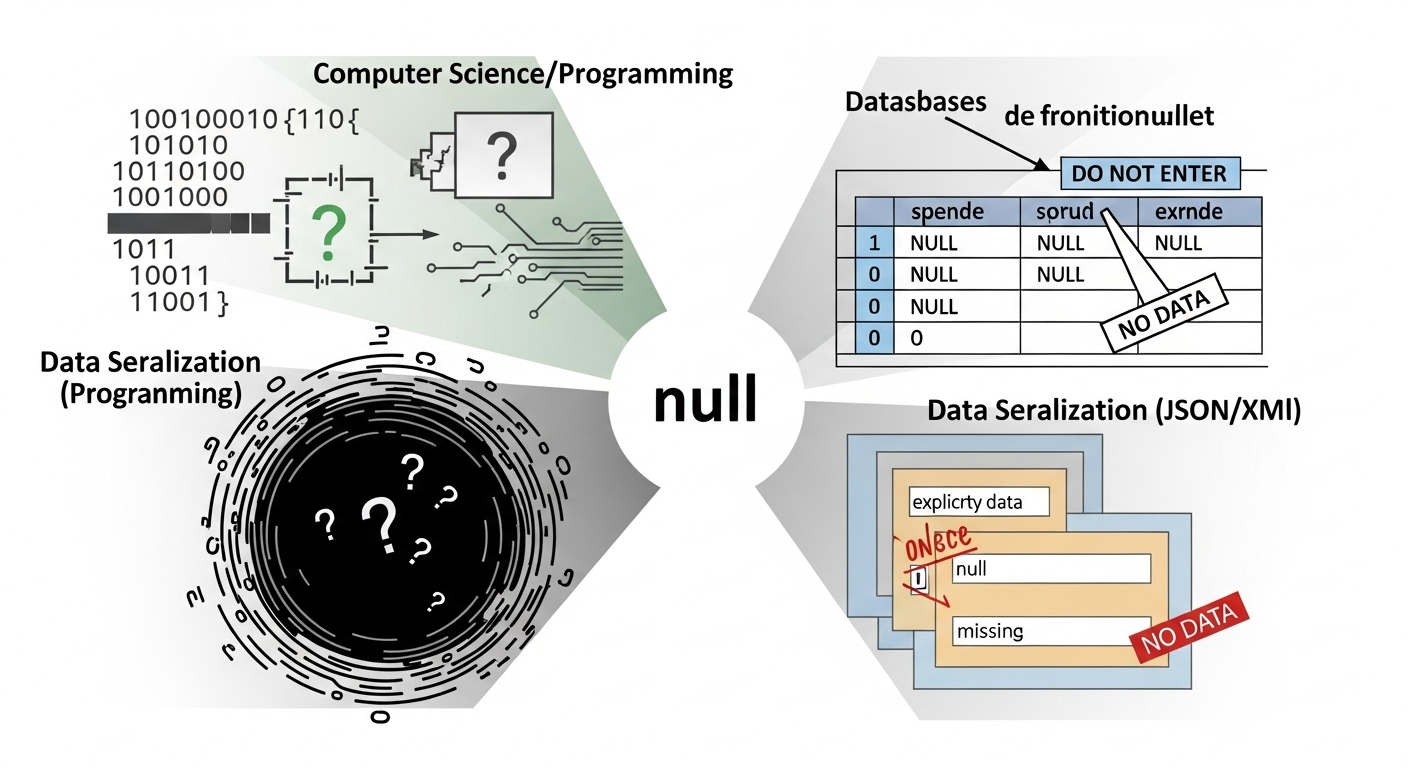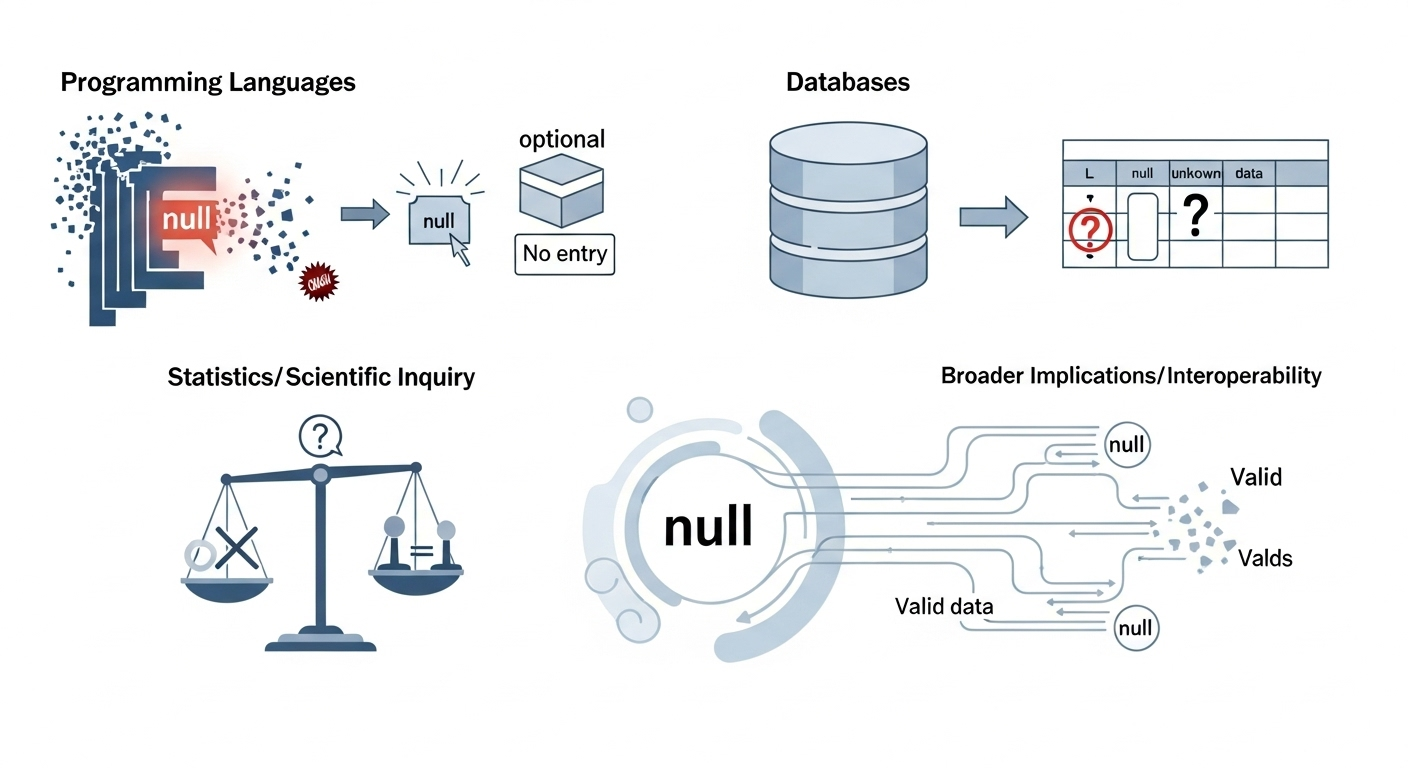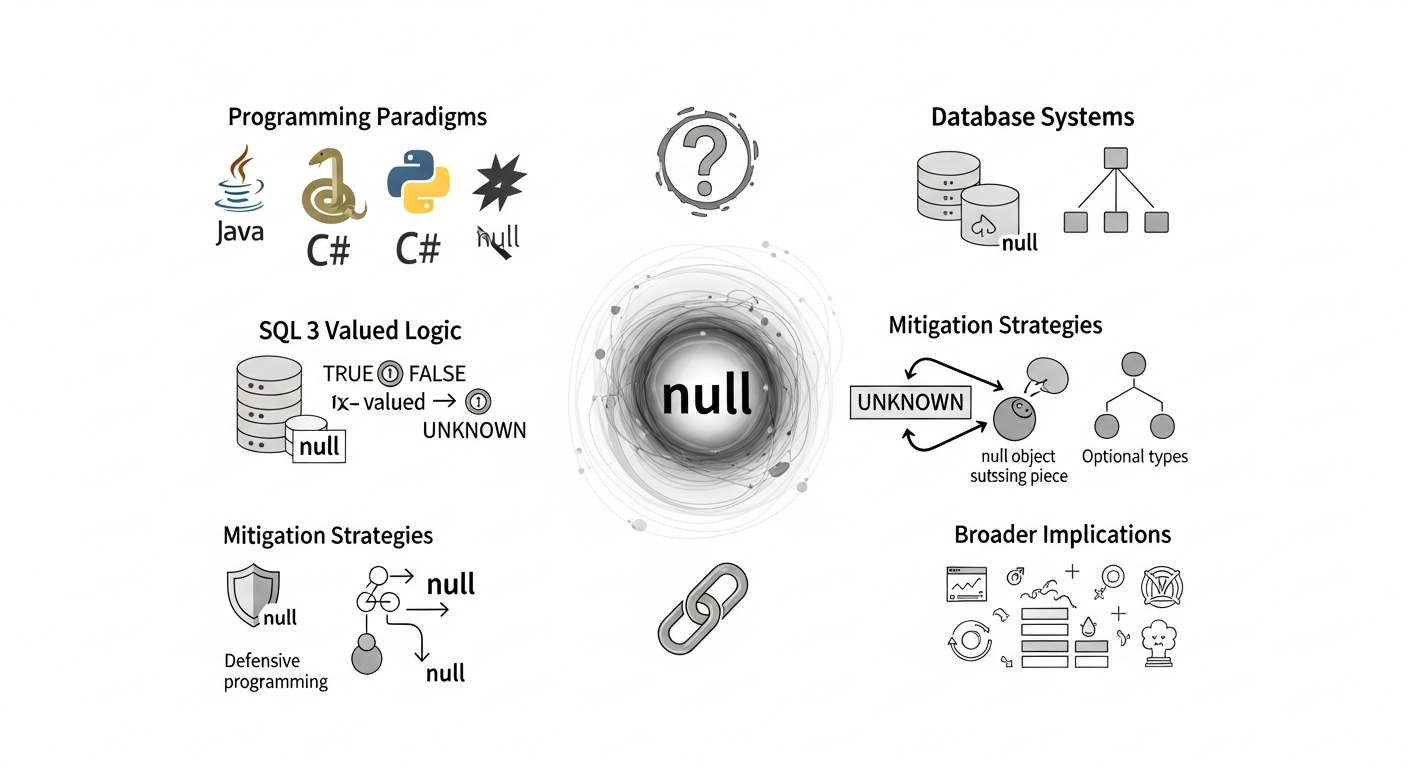Aikido: An Examination of the 'Way of Harmonious Spirit'
Aikido: An Examination of the 'Way of Harmonious Spirit'
In the expansive realm of martial arts, few disciplines capture the imagination quite like Aikido. Often perceived as a dance-like blend of grace and power, this Japanese martial art stands apart from many of its counterparts through its distinctive philosophy and technical approach. Developed in the early 20th century, Aikido represents more than just a system of physical techniques; it embodies a profound path of self-cultivation, seeking to harmonize practitioners with their environment and, crucially, with their adversaries. This guide delves into the essence of Aikido, exploring its historical roots, foundational principles, and the unique benefits it offers to those who engage with its practice.

The Origins and Evolution of Aikido
The genesis of Aikido is intrinsically linked to the vision and lifetime dedication of its founder, Morihei Ueshiba (1883–1969), often referred to as O-Sensei (Great Teacher). Ueshiba was a martial arts prodigy, having extensively studied various traditional Japanese fighting systems, including Daito-ryu Aiki-jujutsu, judo, and kenjutsu (swordsmanship). His early training was rigorous, focusing on effective self-defense and the practical application of techniques. However, as Ueshiba matured, his perspective evolved beyond mere physical prowess. Deeply influenced by his spiritual studies, particularly the Oomoto-kyo religion, he began to integrate philosophical and ethical dimensions into his martial practice.
This integration led to the creation of a martial art that transcended simple combat. Ueshiba envisioned a path where practitioners could defend themselves without causing undue harm to an attacker, transforming conflict into resolution. Initially, his art was known by various names, including Aiki-budo. It wasn't until 1942 that the name Aikido was formally adopted, meaning 'The Way of Harmonious Spirit' or 'The Way of Unifying Life Energy'. This renaming underscored the art's focus on universal harmony, peace, and the development of the practitioner's character, moving beyond its purely combative origins.
Post-World War II, Aikido began its global expansion. Ueshiba’s students, many of whom were accomplished martial artists themselves, established dojos (training halls) across Japan and subsequently around the world. Each brought their own understanding and emphasis to the art, leading to the development of various styles or organizations within Aikido, such as Aikikai, Yoshinkan, Shodokan, and Iwama Ryu, among others. While these styles may exhibit differences in pedagogical approach or technical nuance, they universally trace their lineage back to O-Sensei and share the core principles he established.
Core Principles and Philosophy of Aikido
At the heart of Aikido lies its unique philosophy, which distinguishes it from many other martial arts. The term 'Aiki' itself is central, often translated as 'harmonizing energy' or 'blending with energy.' This concept emphasizes merging with an attacker's motion and intent rather than directly opposing it. Instead of meeting force with force, Aikido practitioners learn to redirect and neutralize an opponent's aggression through circular movements, leverage, and timing.
Key philosophical tenets include:
- Non-resistance and Blending: The principle of 'awase' (blending) is fundamental. Practitioners aim to join with an attacker's movement, controlling their balance and momentum rather than clashing. This approach seeks to avoid direct confrontation, which often escalates violence.
- Harmony and Peace: Ueshiba taught that the true purpose of Aikido is not to defeat others, but to defeat the self – specifically, the aggression and discord within. The ultimate goal is to create harmony, even in the midst of conflict. Techniques are designed to control an aggressor without necessarily causing injury, emphasizing reconciliation over destruction.
- Centeredness and Stability: Cultivating a strong 'hara' (center of gravity) and maintaining an unshakeable posture are crucial. This physical stability translates into mental composure, allowing practitioners to remain calm and decisive under pressure.
- Responsibility and Self-Improvement: Aikido is a lifelong journey of self-improvement. Beyond physical techniques, it stresses the development of character, ethical conduct, and a sense of responsibility towards others. Training is a vehicle for personal growth and understanding.
Techniques and Training Methodology
Aikido techniques are characterized by fluid, circular movements, throws (nage-waza), and joint locks (katame-waza), often accompanied by sophisticated pinning techniques (osae-waza). Unlike striking arts, punches and kicks are not primary offensive tools in Aikido; instead, they are sometimes used defensively or as setups for throws and locks.
A typical Aikido class, or 'keiko,' involves two partners: 'nage' (the one performing the technique) and 'uke' (the one receiving the technique, often an attacker). This cooperative training environment is vital for safe and effective learning. Uke's role is not passive; they learn how to attack realistically and how to fall or roll safely (ukemi) to protect themselves from the throws and pins. Mastering ukemi is a cornerstone of Aikido training, building resilience, body control, and confidence.
Key Technical Elements:
- Tai Sabaki (Body Movement): Emphasizes evasive body movements and pivoting to get off the line of an attack, redirecting the opponent's force and creating an advantageous position.
- Irimi and Tenkan: These are fundamental movement principles. 'Irimi' (entering) involves moving directly into an attack, while 'tenkan' (turning) involves pivoting to redirect the attack around oneself.
- Joint Locks and Throws: Techniques often target an opponent's wrist, elbow, or shoulder joints, controlling their balance and leading them into a throw or pin. Examples include 'ikkyo' (first principle), 'nikyo' (second principle), 'sankyo' (third principle), 'kokyu-nage' (breath throw), and 'irimi-nage' (entering throw).
- Weapon Training: Many Aikido dojos incorporate training with traditional Japanese weapons, such as the 'bokken' (wooden sword), 'jo' (short staff), and 'tanto' (wooden knife). This training is not for learning weapon combat per se, but rather to deepen understanding of body mechanics, timing, distance, and the underlying principles of empty-hand techniques. It clarifies how to handle armed attackers and refines one's own movements.
- Kokyu-ryoku (Breath Power): This refers to the coordinated use of breath, physical movement, and mental intent to generate power and control. It's often misunderstood as purely physical strength; in Aikido, it relates more to unified body action and focused energy.
The Benefits of Practicing Aikido
Beyond its martial applications, the practice of Aikido offers a wide array of physical and mental benefits that contribute to overall well-being.
Physical Benefits:
- Improved Balance and Coordination: The continuous circular movements, pivots, and throws inherently enhance proprioception and spatial awareness.
- Enhanced Flexibility and Mobility: Regular stretching, rolling, and the dynamic nature of techniques contribute to greater range of motion in joints and muscles.
- Core Strength: Many techniques originate from the center of the body, strengthening abdominal and back muscles.
- Cardiovascular Health: While not as intensely aerobic as some sports, sustained Aikido practice provides a good cardiovascular workout, especially during dynamic sessions.
- Injury Prevention: Learning how to fall and roll safely (ukemi) can significantly reduce the risk of injury in daily life.
Mental and Emotional Benefits:
- Increased Focus and Concentration: The intricate nature of Aikido techniques and the need for constant awareness demand and cultivate sharp mental focus.
- Stress Reduction: The meditative aspect of repetitive practice, combined with physical exertion, can be a potent stress reliever.
- Self-Confidence: Progressing in a challenging martial art, mastering new skills, and safely navigating simulated conflict builds significant self-esteem.
- Discipline and Respect: The structured environment of a dojo, with its emphasis on etiquette and respect for instructors and fellow practitioners, fosters discipline and humility.
- Conflict Resolution Skills: The philosophical underpinnings of non-aggression and blending can inform an individual's approach to conflicts outside the dojo, promoting peaceful resolution.
Aikido in the Modern World: Perceptions and Reality
In contemporary discussions about martial arts, Aikido sometimes faces scrutiny regarding its effectiveness in practical self-defense scenarios, particularly when compared to competition-oriented arts or those that prioritize striking. It is important to approach this discussion with nuance.
O-Sensei Morihei Ueshiba developed Aikido not as a sport, but as a spiritual and ethical path that also offered highly effective self-defense methods. Its non-competitive nature means there are no tournaments or structured sparring rounds to test techniques against fully resisting opponents in a high-stakes environment. This can lead to a perception that its techniques are less 'realistic' or harder to apply under extreme pressure.
However, proponents argue that Aikido's emphasis on blending, off-balancing, and controlling an opponent's center of gravity makes it incredibly effective when applied correctly. Its techniques are designed to neutralize an attack without necessarily resorting to striking, making it a viable option for those who seek to de-escalate rather than escalate conflict. The practical application of Aikido techniques relies heavily on proper timing, distance management, and the ability to read an attacker's intent – skills that are honed over years of dedicated practice.
Furthermore, Aikido’s focus on ethical considerations means that its self-defense applications are often taught with an understanding of proportionality and the avoidance of unnecessary harm. This distinguishes it from arts solely focused on incapacitation. The underlying principles of Aikido are universal and can be adapted to various situations, empowering practitioners with a heightened sense of awareness and the ability to respond calmly and effectively to unexpected physical encounters.
Conclusion
Aikido, as a martial art, presents a distinctive and multifaceted path for its practitioners. From its philosophical bedrock of harmony and non-aggression to its elegant yet powerful techniques of blending and redirection, it offers a holistic approach to self-development. While its practical applications are sometimes debated within the broader martial arts community, its enduring appeal lies in its commitment to personal growth, ethical conduct, and the cultivation of a balanced spirit. For those seeking more than just physical combat training, Aikido provides a rich tradition that continues to evolve, inviting individuals to explore a unique way of integrating mind, body, and spirit.











